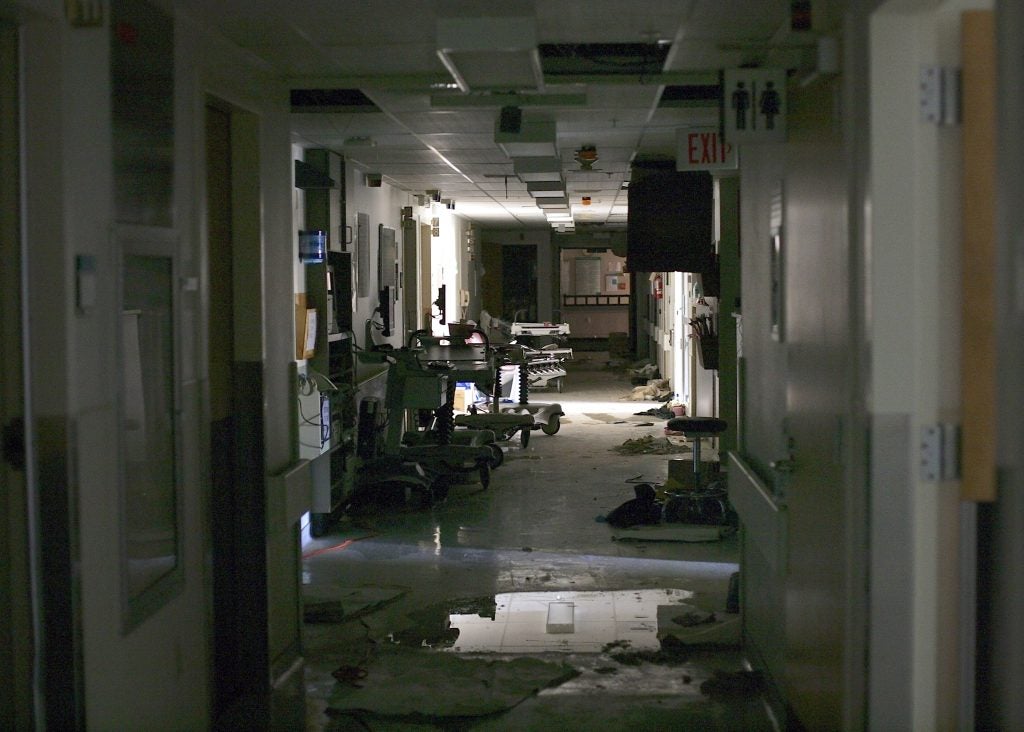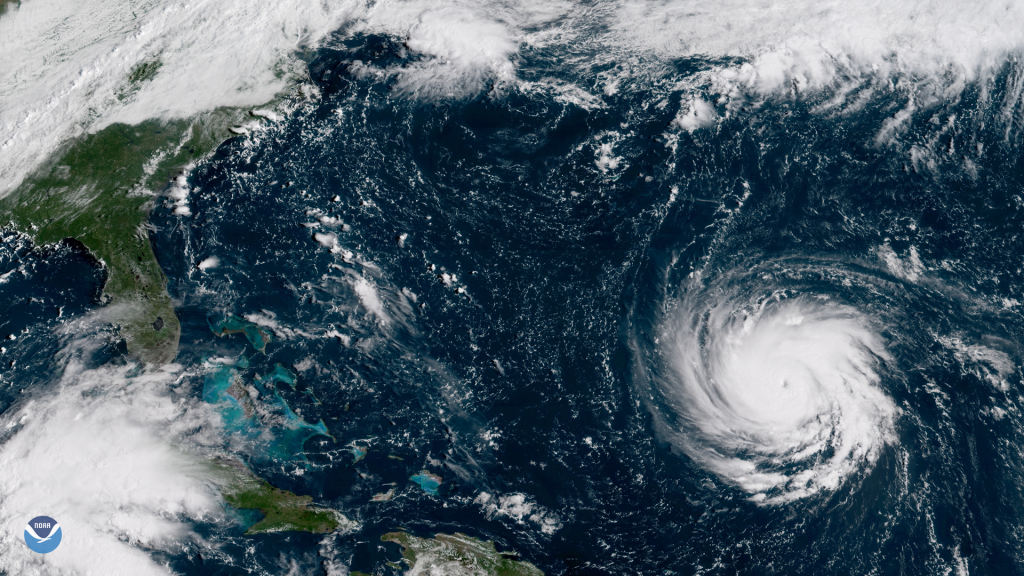As communities in southwest Florida, Puerto Rico and elsewhere in the Caribbean struggle to recover from the damages of an active hurricane season, efficient, proactive resilience solutions have never been more important.
Louisiana continues to be a world leader in the planning and implementation of coastal resilience. Louisiana will release the fourth iteration of its Coastal Master Plan in early 2023, which provides the most science-based and publicly informed plan in the nation. Since the first plan, $21.4 billion has been invested in flood resilience infrastructure – focused on restoration of coastal ecosystems that provide essential flood risk benefits and grey infrastructure such as levees and seawalls. Other state agencies have also invested billions in rebuilding their infrastructure, such as schools, hospitals and prisons.
However, flood resilience is not just about infrastructure but also the ability of government agencies to maintain programs and services their constituents rely upon, from trash collection to food assistance to healthcare. Louisiana is the first to take a step toward a whole-of-government approach to ensure communities have access to the essential services they need to rebuild and thrive in the face of future flood risks.












